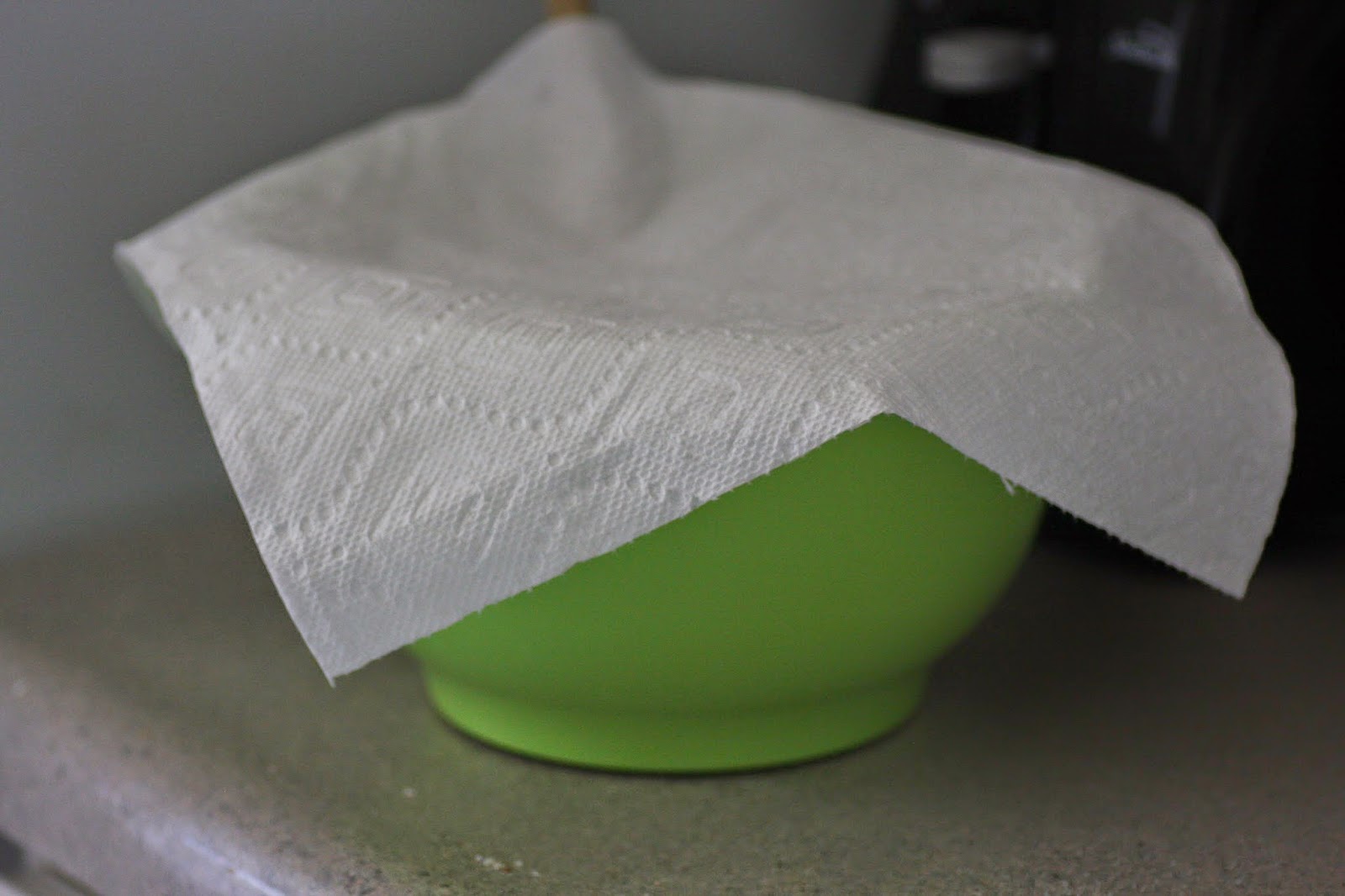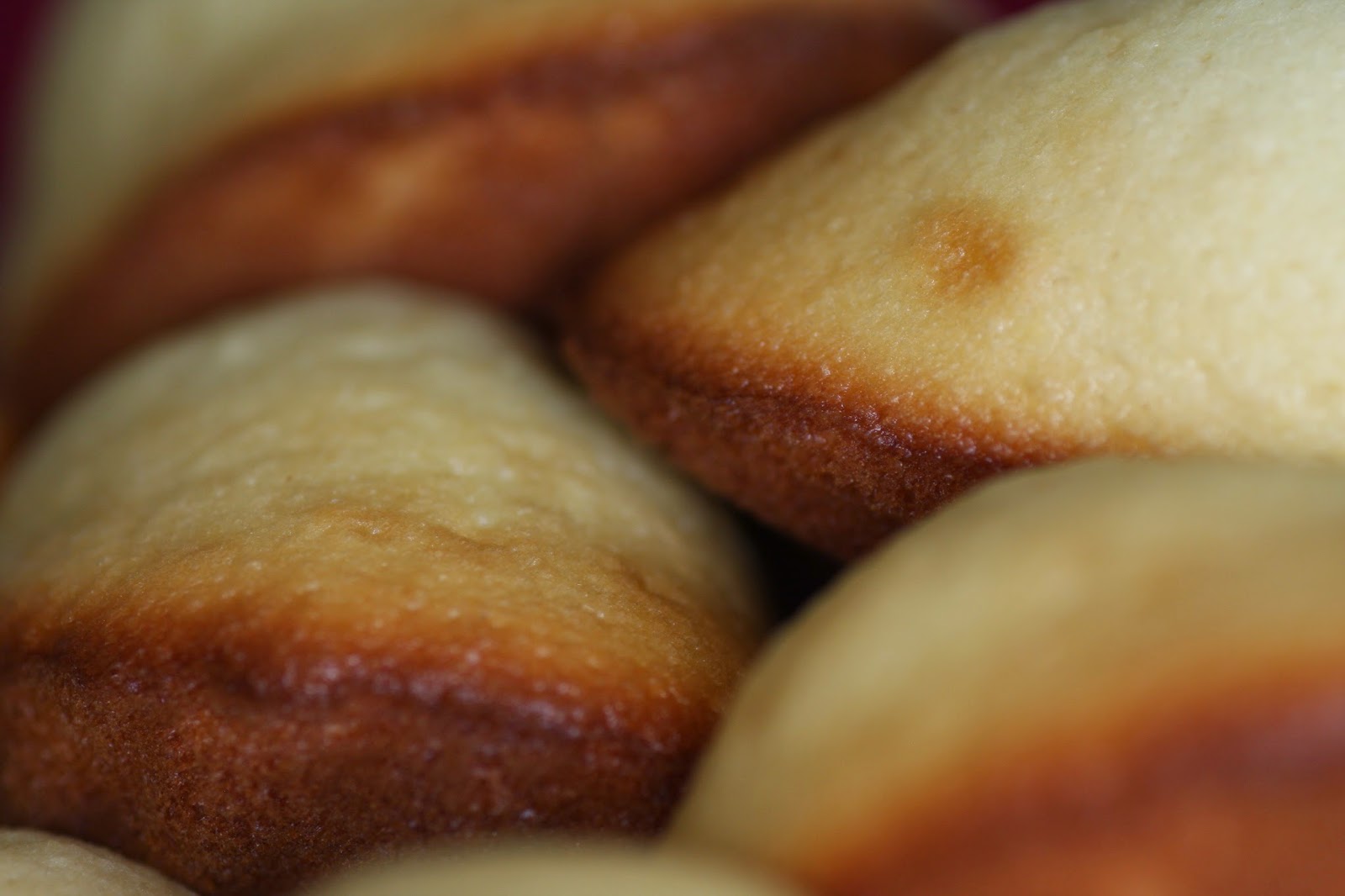Ingredients:
One onion
One cup of carrots-- about five small carrots
three small celery stalks-- less than one cup
six and a half to seven cups of water
two cups lentils
one sixth cup extra virgin olive oil
tomato paste
vegetable stock (we used the stuff that comes in a jar. If you have the liquid stock, substitute that for some of the water)
oregano
rosemary
pepper
bay leaves
basil
Procedure:
Chop the vegetables into small pieces as shown:

Sauté them in olive oil in a large pot until the onions ad celery are translucent.

They will have cooked down and begun to smell like celery at this point, and lots of steam will be coming up.

Add the lentils and two or more bay leaves.

Add the water. a few tablespoons or so of tomato paste, a few teaspoons of oregano and basil, a couple spoonfuls of vegetable stock, and pepper. Stir it up, put a lid on it, and let it steam for 20 minutes. About halfway through, add a sprig of rosemary.

My brother suggested not adding as much vegetable stock as the jar says to use, since there are so many other vegetables in the soup. The rosemary doesn't go into his soup until near the end because it is so strong and he thinks it overpowers the other tastes. If you disagree, add it earlier with the other spices.
Add salt to taste, and the soup will be done.

Cut up some rye bread and eat it with the soup. I put several slices in my bowl and poured the soup over it.

tomato paste
vegetable stock (we used the stuff that comes in a jar. If you have the liquid stock, substitute that for some of the water)
oregano
rosemary
pepper
bay leaves
basil
Procedure:
Chop the vegetables into small pieces as shown:

Sauté them in olive oil in a large pot until the onions ad celery are translucent.

They will have cooked down and begun to smell like celery at this point, and lots of steam will be coming up.

Add the lentils and two or more bay leaves.

Add the water. a few tablespoons or so of tomato paste, a few teaspoons of oregano and basil, a couple spoonfuls of vegetable stock, and pepper. Stir it up, put a lid on it, and let it steam for 20 minutes. About halfway through, add a sprig of rosemary.

My brother suggested not adding as much vegetable stock as the jar says to use, since there are so many other vegetables in the soup. The rosemary doesn't go into his soup until near the end because it is so strong and he thinks it overpowers the other tastes. If you disagree, add it earlier with the other spices.
Add salt to taste, and the soup will be done.

Cut up some rye bread and eat it with the soup. I put several slices in my bowl and poured the soup over it.





































